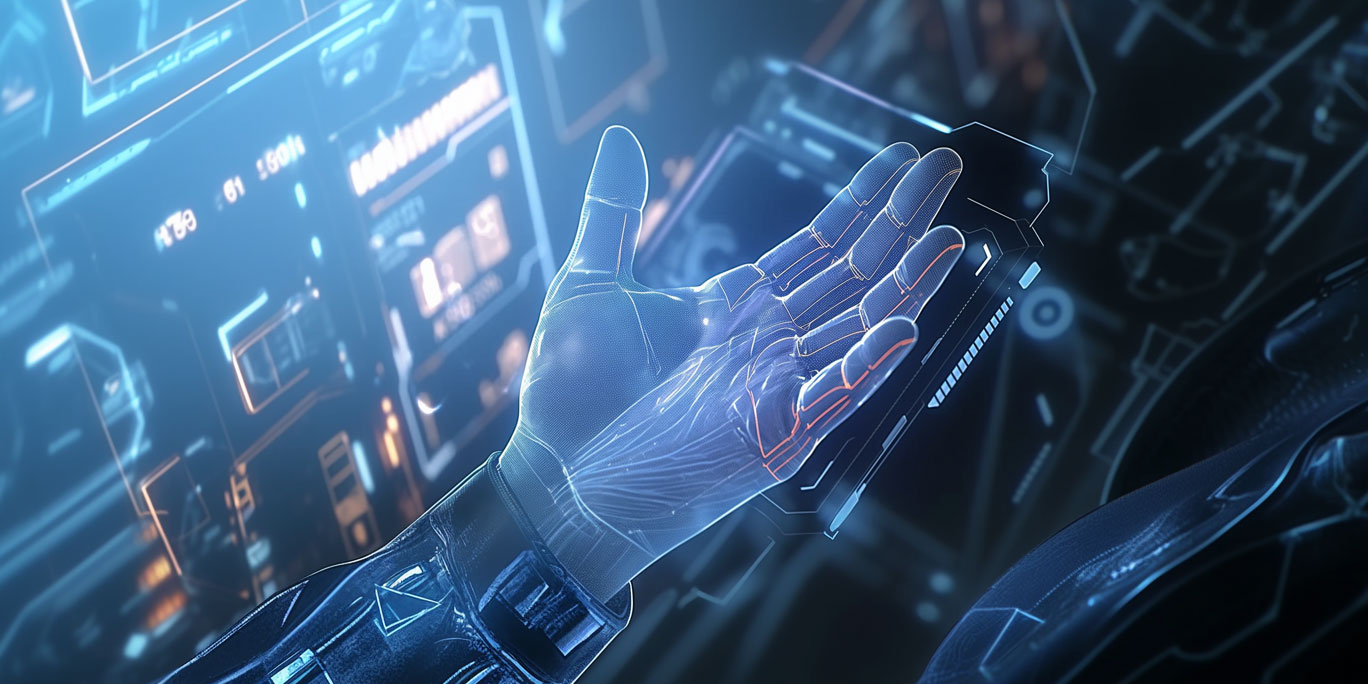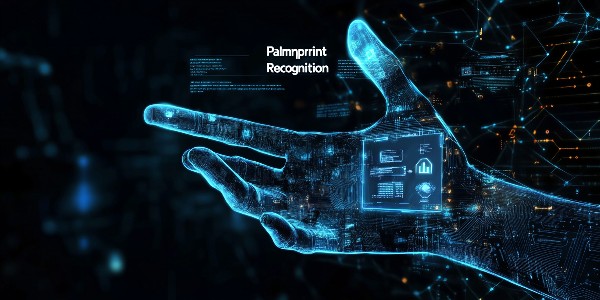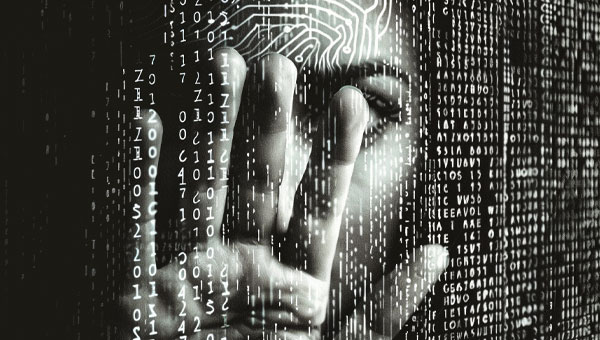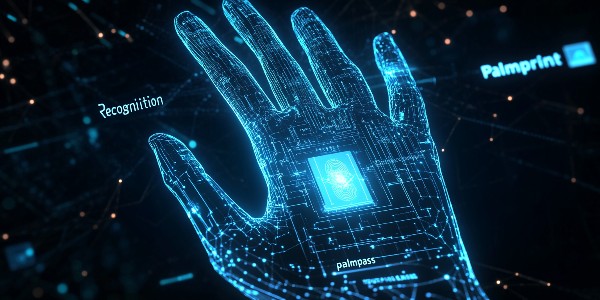Understanding Palm Vein Technology
Palm vein technology utilizes near-infrared light to capture and analyze unique vein patterns in the palm, offering highly secure and reliable biometric authentication across various industries.
Palm vein technology is a sophisticated biometric authentication method that identifies individuals based on the unique patterns of veins in their palms. Unlike fingerprints or iris scans, which are based on surface characteristics, palm vein recognition operates by capturing and analyzing the vascular pattern beneath the skin's surface.

How Palm Vein Recognition Works:
Palm vein recognition utilizes near-infrared light to capture an image of the veins in the palm. Hemoglobin in the blood absorbs near-infrared light, creating a unique pattern of veins that appears as dark lines against a lighter background in the captured image. This pattern is then extracted and converted into a digital template using advanced algorithms.
Advantages of Palm Vein Recognition:
High Security: The vein pattern in the palm is internal and remains unchanged throughout a person's life, making it extremely difficult to forge or replicate. This enhances security against unauthorized access and identity theft.
Accuracy and Reliability: Due to the unique biological characteristics of vein patterns, palm vein recognition offers high accuracy and reliability in identifying individuals. It is less affected by factors such as external environment, minor injuries, or aging compared to other biometric methods.
Non-intrusive and Hygienic: Palm vein recognition is non-invasive and does not require physical contact with the scanning device, promoting hygiene and user comfort. Users simply place their palm near the scanner, making it a convenient and user-friendly authentication method.
Applications of Palm Vein Recognition:
Palm vein technology finds widespread applications across various industries and sectors:
Financial Services: Used for secure access to banking services, ATMs, and online transactions, ensuring the protection of financial assets and personal information.
Healthcare: Enhances patient identification accuracy, secures access to electronic health records, and ensures compliance with data privacy regulations.
Government and Security: Employed in border control, secure facilities access, and law enforcement for reliable identity verification and enhanced security measures.
Commercial and Industrial Settings: Used for access control in offices, factories, and data centers, safeguarding restricted areas and valuable assets.
Future Trends and Developments:
As technology continues to advance, palm vein recognition is expected to evolve with improved accuracy, faster processing speeds, and enhanced integration capabilities. Innovations such as cloud-based authentication and mobile device compatibility are expanding its usability and accessibility across diverse applications.
In conclusion, palm vein recognition technology represents a robust solution for biometric authentication, offering unparalleled security, accuracy, and user convenience. As organizations prioritize data security and regulatory compliance, palm vein recognition stands out as a reliable choice for safeguarding sensitive information and enhancing operational efficiency in today's digital age.










